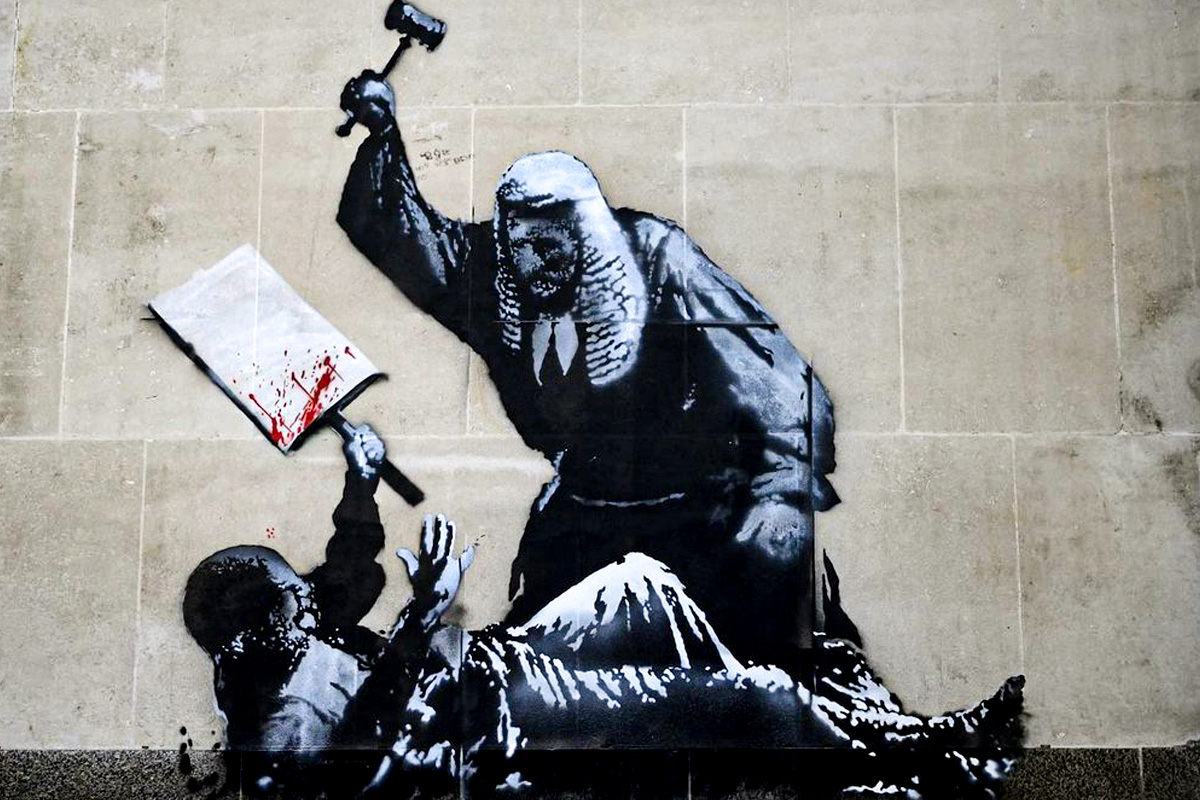The depth and the scale of the damage that
the Tories and Liberal Democrats intend to impose on the public sector will
become more apparent on the 20th October when the results of the
Comprehensive Spending Review will be announced. Already the summer budget has highlighted
the threat of between 25% and 40% cuts across government departments.
Even after the October 20th
announcement, the full detail of the cuts won’t become completely clear for a
couple of months. It’s unlikely for example that individual local authorities
will have a clear picture of where they stand until mid November and the full
implications in terms of council budgets, cuts and potential redundancies won’t
be known probably until February or March.
The extent of the cuts in each local area
will also vary according to the size of any reserves that councils hold, as
well as the political makeup and priorities of each local authority. Many councils
were badly affected by the collapse of the Icelandic banks which will also have
an adverse effect on budgets and services.
What this means is that there is a long
run-in to the crunch dates in February and March. It is entirely possible for
the trade unions to coordinate resistance to the cuts nationally, regionally
and locally building up towards that point, already there has been a series of
demonstrations and actions around the European TUC day of action on September
29th. The next key date is October 20th and there will be
other opportunities over the next few months. Workers will be demanding a clear
lead as the government starts to stick the knife in.
But, how will the trade unions defeat the
cuts? It is evident across the whole of Europe that the response of the
bourgeois to the economic crisis on a world scale and to the cost of the bail
out of the banks is a whole period of austerity. The gloves are off and already
the Irish, Greek, Spanish and other European workers have experience of the
outcome.
In Britain, the austerity programme has
been delayed for a period because of the General Election. Also, the position
of the Labour leadership was that to introduce severe cuts in the middle of the
crisis wasn’t a wise idea. From an economic perspective the effect of cuts in a
recession would have been to aggravate the crisis. The effect of such cuts at
any time would be significant, but it also has to be said that the political
fallout from implementing huge cuts in the run up to the election was far too
much of a risk for Brown and Darling to publically contemplate. But under the
Tory Lib Dem coalition the cuts will be far deeper and more destructive than
even under the Thatcher government in the 1980’s.
Local government has much less control over
what it can do and how much money it spends than it had in the 1980’s. The
potential for “creative accountancy” or recouping funds through raising the
Council Tax or by setting a deficit budget is far less than it was in the past.
Many of the tactics that Labour councils used in the past to fight the cuts
were made illegal by the Tories in the 1980s. The reason for this is clear. The
Tories were not prepared to allow Labour councils, employing thousands of
workers and with significant control of government money to represent an
obstacle and a political opposition.
But the opposition that Labour councils
represented in the past didn’t drop from the sky. The Labour Party had swung to
the left during the 1970’s on the back of the industrial struggles under the
Heath Government and the battles against the Labour Government’s cuts at the
end of the decade that became known as the Winter of Discontent. Unions like
NUPE had become radicalised in the process. While the national Labour Party and
the trade unions failed to offer a fighting opposition to the cuts, pressure
from below forced many local councils to make a stand. There was a serious debate within the party
on a local level about the way to fight the cuts.
The left initially argued that councils
should raise the level of rates (precursor of the Poll Tax and the current Council
Tax), arguing that the poorest and most vulnerable would be covered by rate rebates
and that the burden would be carried by the middle class. The right wing
developed a position known as the “Dented Shield” approach, in other words
damage limitation. The Marxists argued for no cuts and no rate rises, but for a
mass struggle to defeat the cuts and the Tories. This was the position that was
maintained in Liverpool between 1984 and 1987.
The situation today is somewhat different.
The Labour Party is relatively empty and the room to manoeuvre for local
councils is far more limited. The focus for opposition to the cuts has shifted
towards the trade unions. But, it would be extremely short sighted to ignore
the political struggle. While many councillors will continue to see themselves
as managers above all, it is inevitable that the opposition to the cuts will be
reflected within the party and even among a number of councillors at a certain
stage.
Most of the struggles that will break out
against the cuts are likely to be local and specific to stop the closure of
schools or hospitals or to fight redundancies or cuts in services. Local
Councils are different to National Governments, they are far more subject to
pressure and it is possible to defeat specific cuts and redundancies. But the
key element of the struggle against the cuts will be political. The struggle to
defend public services and to fight the cuts has to be combined with a fight
for a socialist programme.
At its height the Marxist led Liverpool
council mobilised tens of thousands of workers and their families in a struggle
that directly confronted the Tory government. That movement was ultimately
letdown by the Labour Leadership, but it is extremely important to remember
that the first year of the struggle began during the miner’s strike. Confronted
by serious opposition, the Tories backed off, in part because they were
concerned about a second front opening at a time of heightened class struggle.
The anger and opposition generated by the
Tory cuts has to be channelled effectively through the unions and then into the
party. The reason why the Marxists were able to win a political majority in
Liverpool Labour Party in the 1980’s was a clear political programme, building
up support for the ideas of Marxism amonst workers and youth. The Marxists were
witch hunted in the Labour Party precisely because the ruling class were
frightened of the influence and effectiveness of Marxist ideas.
But, in truth the only way to defeat the
cuts is through exactly that sort of mass movement, but not just in Liverpool.
The trade union leaders have talked about a mass campaign of civil
disobedience. They have even spoken about the mass movement around the Poll Tax
which involved some 14 million people. What is key however isn’t just the size
of a movement, but what ideas and methods it’s armed with. Sections of the
trade union leadership, most notably in UNISON have already indicated that
their biggest concern is the threat of the Tories provoking an all out battle
with the public sector. Under these conditions, it’s most likely that they will
try and seek some sort of compromise with the Tories. Their dilemma is however
that weakness invites aggression. Most
of the struggles against the cuts will be local. Therefore the trade union
leaders have to back each and every local struggle that breaks out.
But at the same time, there are common
issues and battles to be fought on a national level. One key battleground has
to be public sector pensions. The press are full of lies and distortions about
gilt edged pensions. The debate over the future of public sector pensions is
already under way and the PCS have already taken strike action prior to the
election. However there are extremely worrying reports in the Local Government
Chronicle and other papers about possible deals being touted already by UNISON
around changes to the Local Government Pension Scheme a mere two years after
the last lot of major changes were introduced. It is quite possible that this
is the sort of area that the Trade Union leaders might look for a deal to
offset some of the cuts.
But, as in the case of Ireland, it’s
probable that any deal will be full of holes. The trade union leaders have to
fight fire with fire. There has been a lot of discussion over the last couple
of years about coordinated national action. That is precisely what’s needed to
defend pensions, and other terms and conditions, but more than that the
movement needs to build towards a one day general strike. Only a mass movement
of the working class, a rebellion against the cuts can defeat the Tories.
However, ultimately, even if the Tories are
defeated, the reason for the assault on the working class throughout Europe
lies with the Capitalist system itself. The banking crisis and the crash in the
world economy reflect a sick and senile capitalism. In the 1930’s Trotsky
depicted the ruling class as “tobogganing to disaster with their eyes closed”.
The intervening years have created a world that is far more interconnected and
where the world market dominates every country in the world. The next few years
will see more instability than at any time since the 1930’s. The only way out
is through the socialist transformation of society.






